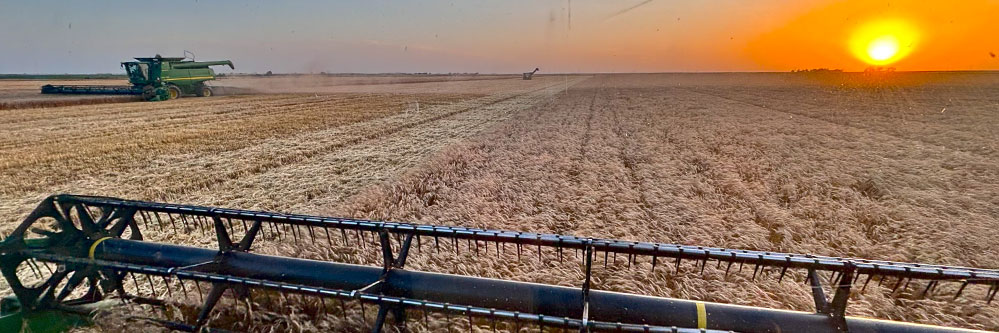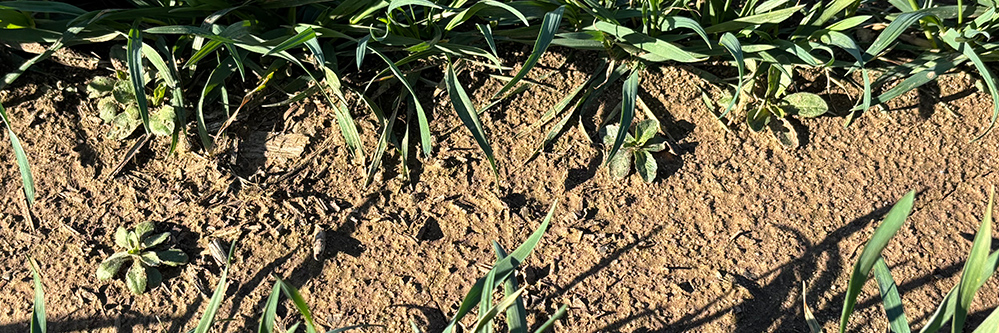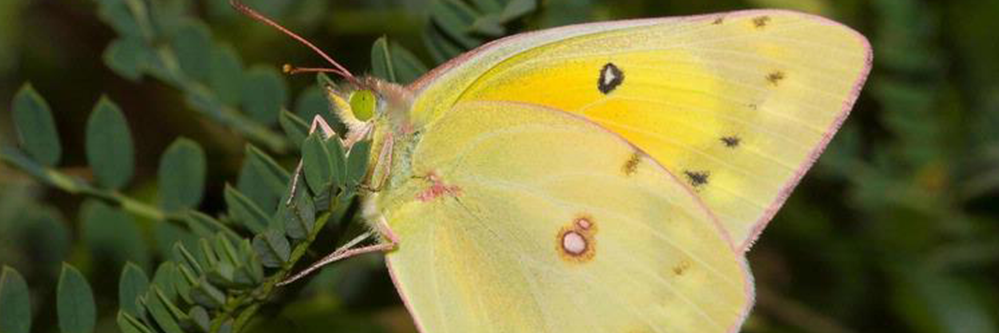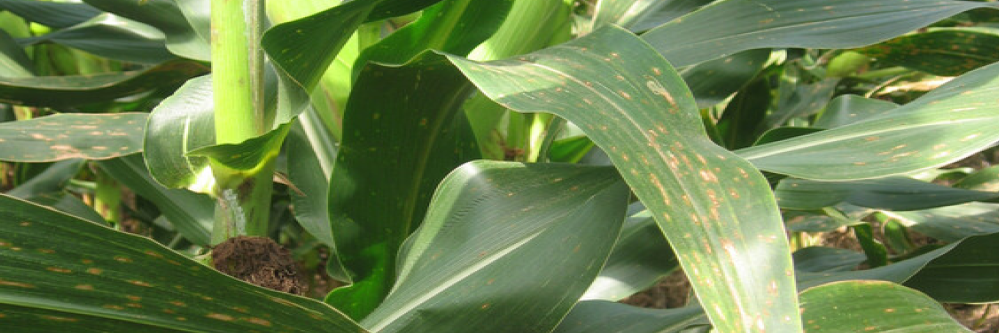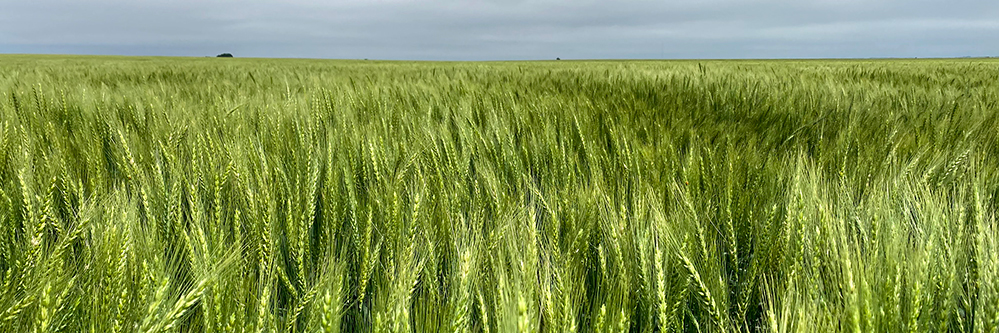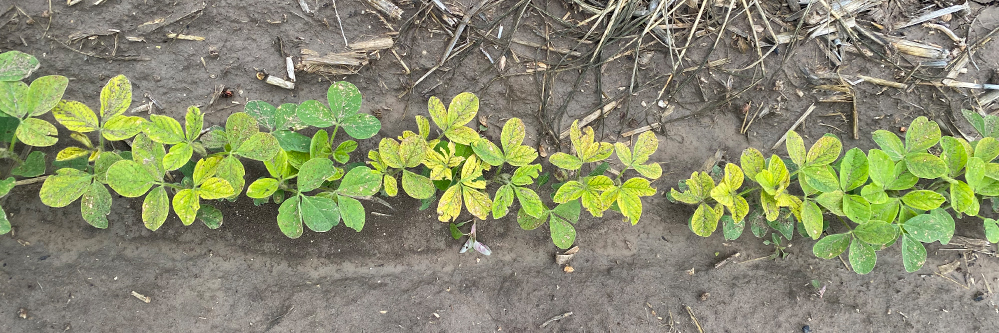Thinking About Double Cropping After Wheat?
Thinking about double cropping after wheat this season? Here are a few things to consider before planting a second crop. In many areas across the High Plains, we have been blessed with good rains that have helped refill soil moisture profiles. For some areas, this brings the opportunity to consider double cropping into wheat stubble [...]
